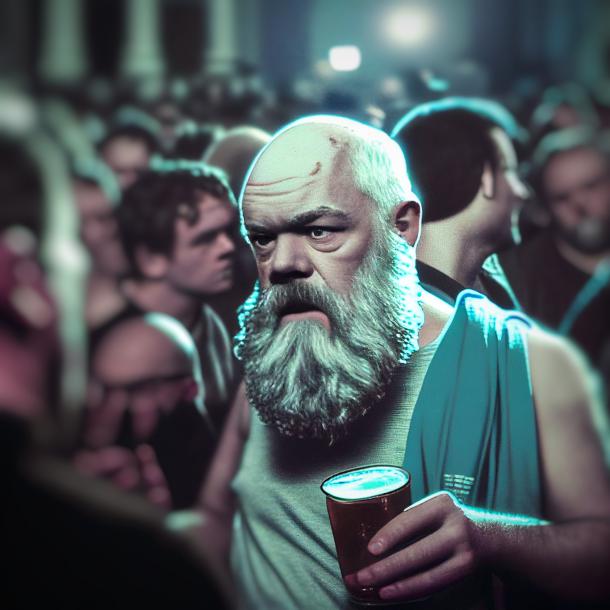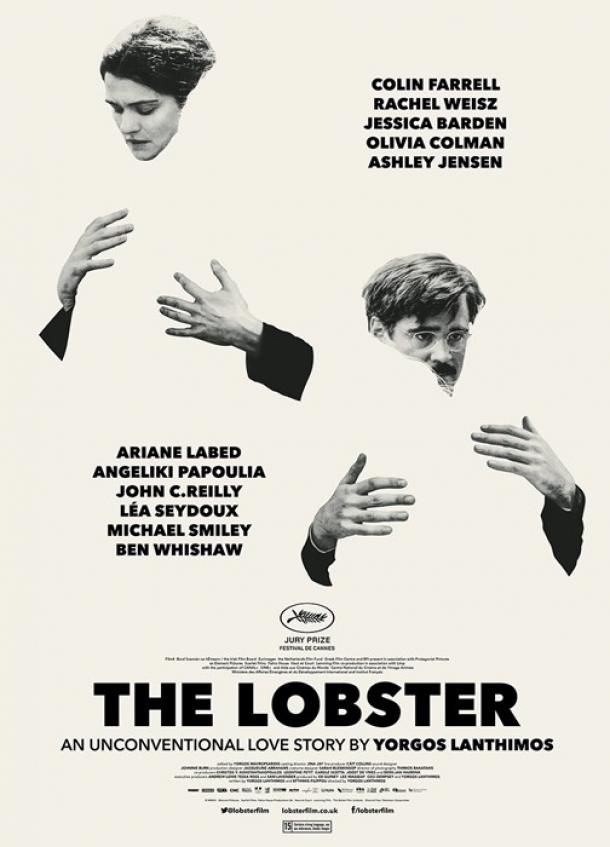0%
David Lynch is considered to be one of the most influential filmmakers of all times, but what many do not necessarily know is that he is also an acclaimed painter, musician, photographer and actor. He comes from a middle-class family from a small town in Montana and in his youth he studied painting in Philadelphia. His most famous works include films such as Mulholland Drive (2001), Eraserhead (1977), Blue Velvet (1986), and Lost Highway (1997), as well as the TV show Twin Peaks (1990-1991) which has changed contemporary cinema. Although he could be considered mainstream because of his popularity, Lynch’s work is far from what one may term ’commercial’.
David Foster Wallace, a writer, was the first to use the term ’Lynchian’ when referring to "a particular kind of irony where the very macabre and the very mundane combine in such a way as to reveal the former's perpetual containment within the latter“. Since then, the term has been in widespread use, relating to a Lynch-like cinematic style. None of his movies can be categorized as one specific genre, but rather a mix of, often, neo-noir, thriller, and horror, with elements of comedy. His recognizable aesthetics naturally honor the influences from his life. The small-town lifestyle from his childhood, the harsh industrialized gloom of Philadelphia from his college days, the surrealist imagery highly influenced by Edward Hopper, Francis Bacon, but also Franz Kafka in his days as a painter, are all inseparable and reappearing themes in his films, and the film that incorporates all of them is Eraserhead. This black and white, semi-post-apocalyptic town that the main character Henry lives in, is filled with bizarre events and exhibits offbeat surroundings which embody the 20th century surrealist movement.
In Wallace’s definition, we notice the motif that plays a recurring role in Lynch’s work – duality. The opening sequence from Blue Velvet best conveys this Lynchian way of capturing the zeitgeist of 20th century suburban America. We first see a clear blue sky behind a white picket fence enhancing the perfect red roses in front, when the camera shifts down revealing the unsettling dirt underneath a mowed lawn with disturbing hissing noises coming from insects. In a way, Lynch reveals to us the dark underbelly of the American dream – the macabre within the mundane. Whether it is the obvious contrast of light and darkness, good and evil or the use of one actress for two different roles, David Lynch finds a way to make us question the darkness in our world and us, instead of dismissing the ambivalence of things, which Hollywood often does.
Maybe the most Lynchian of all is his take on the idea of the subconscious. It is well known that Lynch is a practitioner of transcendental meditation, which supposedly helps him understand the dimensions of his unconscious mind, and subsequently the ideas portrayed on our screens in his features. David Lynch has mastered the concept of dreams, and there is usually a thin line between real life and dream sequences in his films. Understanding the dream logic and tone present a major key to comprehending a story. The ambiguous elusiveness of his scenes, produced by clever sound design and writing, is fundamental to the Lynchian atmosphere. The prevailing way used to construct this feeling is the soundtrack that also adds to the subtext of the plot, notably used in Lost Highway. The idea that anything can happen in dreams, manufactures a constant feeling of tenseness and fear that is the ultimate force for the characters. He uses this sublime notion of dreams to add vagueness to his work and to reveal strange parts of our reality. Mulholland Drive, one of his most analyzed films, manipulates its viewers into not knowing if everything that happened was a dream or not.
In the Lynchian microcosm, everything has meaning. The TV show Twin Peaks, a soap opera gone horror, which gained a cult following, has been keeping its viewers guessing its meaning. Even though some critics are quick to criticize his work because of his not-so-straightforward narrative, when dug deeper, we see that Lynch isn’t being weird just for the sake of being weird. Since Twin Peaks’ final episode aired, people have been wondering what they witnessed and asking for answers, to which Lynch responded with a new season Twin Peaks: The Return (2018) 25 years later, leaving everyone even more confused with the final scene where we see the main actress screaming until the screen goes black – a very Lynchian thing to do. David Lynch is big on leaving clues on what his true intentions are, but subsequently leaves it up to the viewer to interpret his work and find the relevant meaning, within themselves.
Коментари
Филозофски факултет у Нишу задржава право избора коментара који ће бити објављени, као и право скраћивања коментара.
Коментаре који садрже говор мржње, псовке и увреде, као и било који други вид непримерених или коментара који се директно не односе на чланак који коментаришете, не објављујемо.
Задржавамо право да коментаре којима скрећете пажњу на словне грешке, техничке и друге пропусте, као и коментаре који се односе на уређивачку политику не објавимо, али такви коментари су доступни за увид администраторима и уредницима, и на њима се захваљујемо.
ЗАКОН О ЈАВНОМ ИНФОРМИСАЊУ, члан 38: Забрањено је објављивање идеја, информација и мишљења којима се подстиче дискриминација, мржња или насиље против лица или групе лица због њиховог припадања или неприпадања некој раси, вери, нацији, етничкој групи, полу или због њихове сексуалне опредељености, без обзира на то да ли је објављивањем учињено кривично дело.
Мишљења изнесена у објављеним коментарима представљају приватне ставове њихових аутора и не представљају званичне ставове Филозофског факултета у Нишу ни аутора чланка.
Слањем коментара потврђујете да сте сагласни са правилима коришћења.





